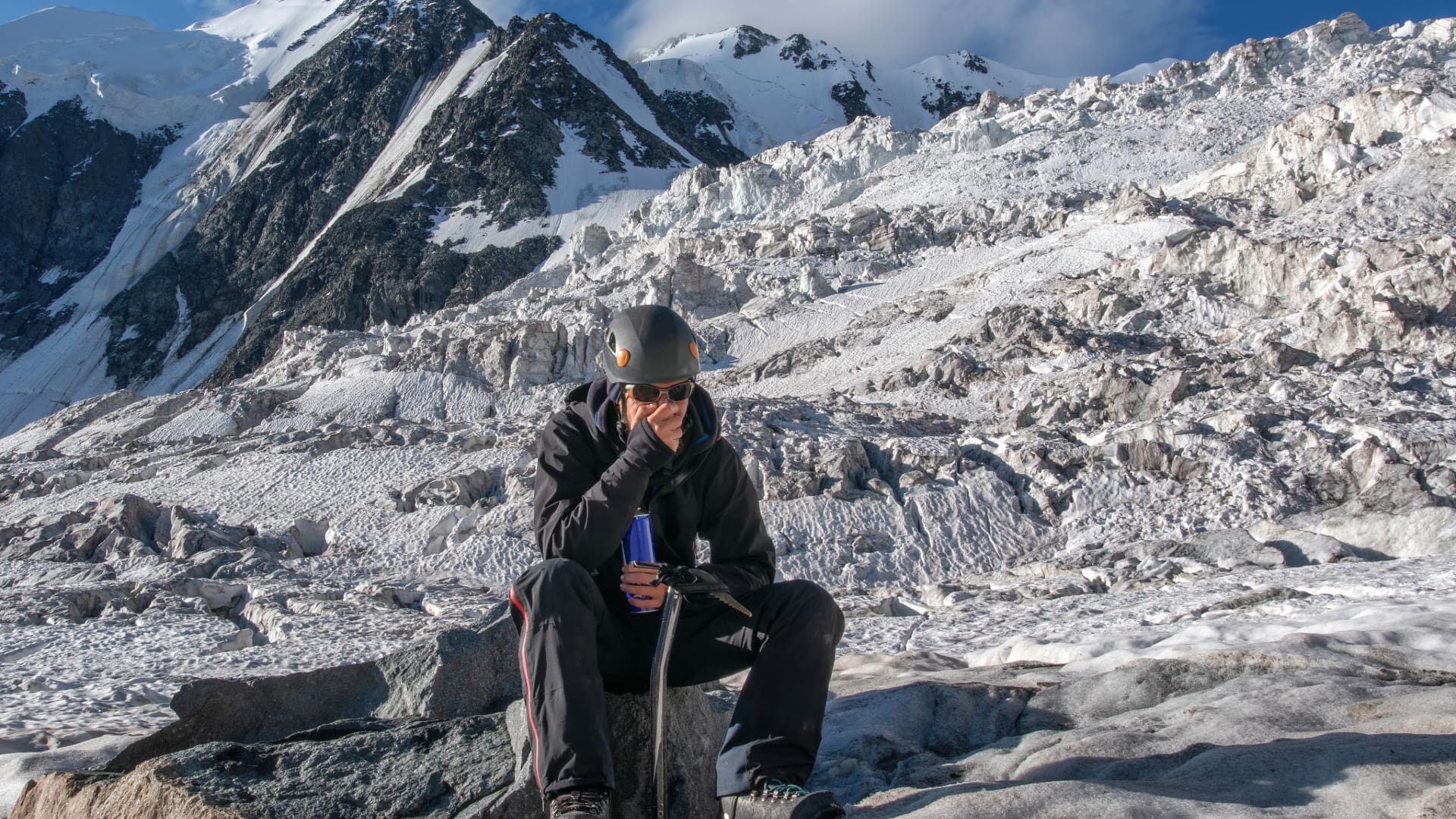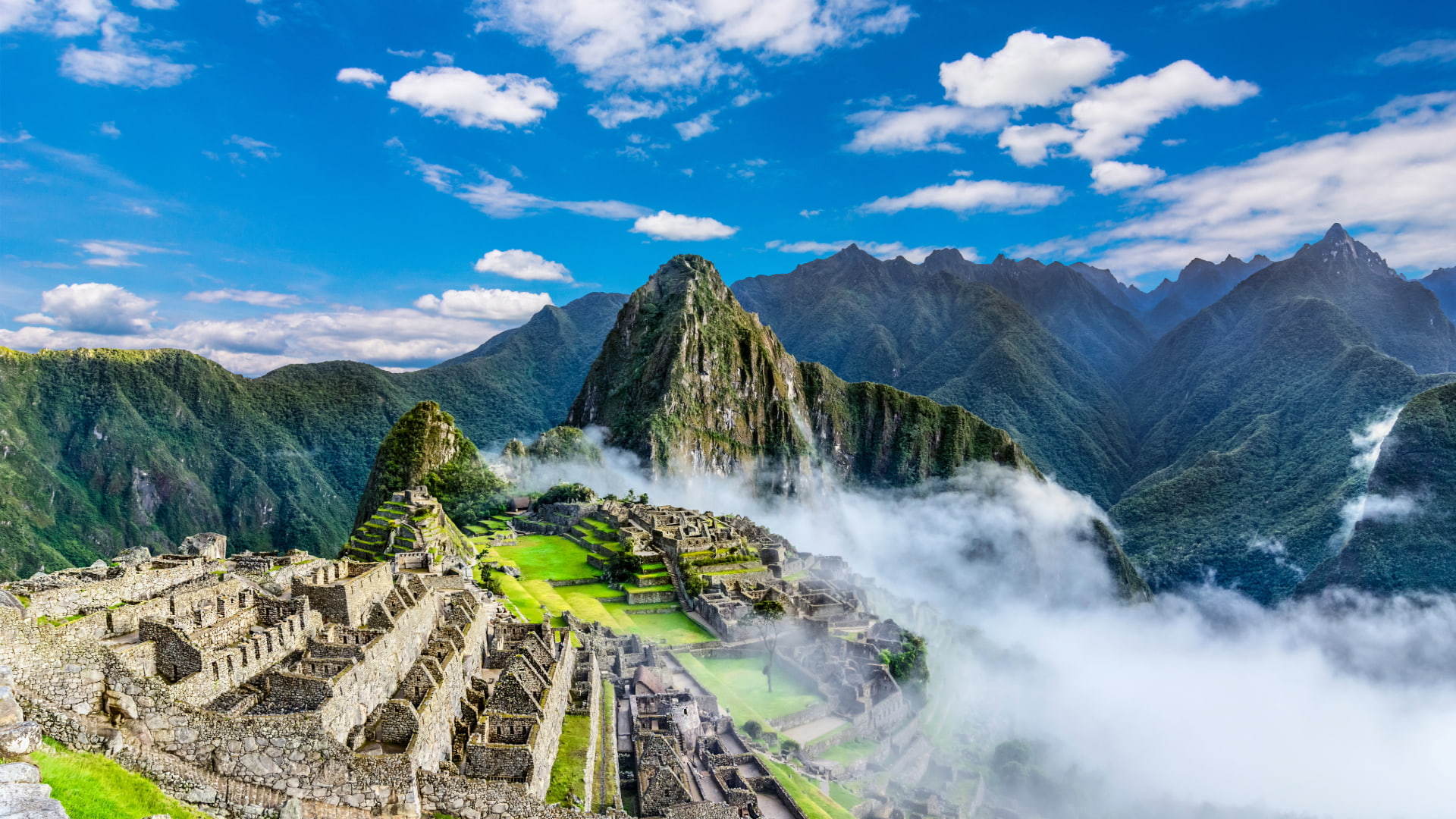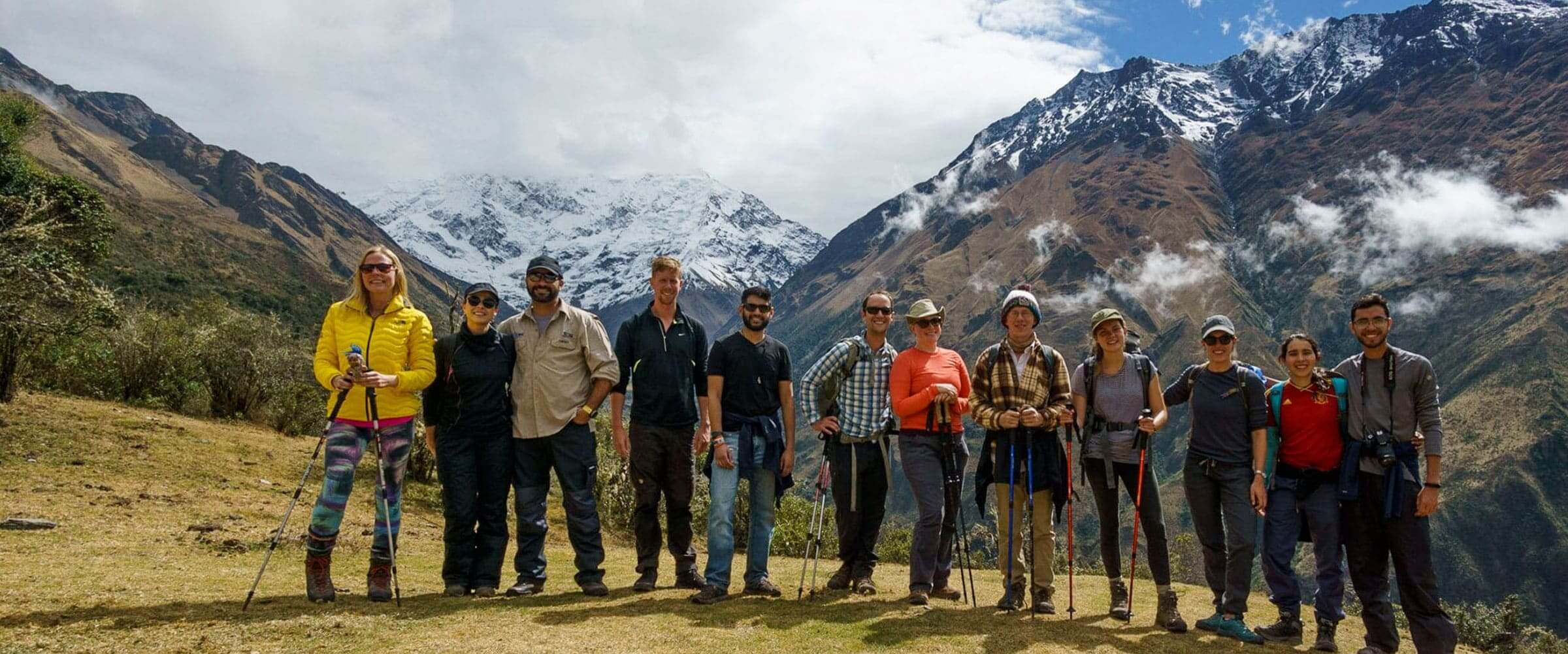For many, a journey to the Peruvian highlands is a dream, but the thought of altitude sickness can be a source of anxiety. We are here to guide you. That’s why we’ve put together this essential guide on how to avoid altitude sickness in Peru. From the moment you land in Cusco, your body will begin the process of acclimatization. With the right knowledge and a little patience, you will master the effects of altitude and focus on the incredible journey ahead.

What Is Altitude Sickness and Why Does It Happen?
Altitude sickness is a common condition when traveling to high-elevation destinations. It happens because your body is adjusting to the lower oxygen levels in the air. Symptoms can begin to appear at altitudes of 2,400 meters (7,874 feet) and higher. While severe symptoms are rare, understanding the basics is key to a smooth start.
Symptoms You Might Experience
Altitude sickness affects everyone differently, but you may experience some of these common symptoms during your first few days:
- Tiredness and fatigue.
- Headache, insomnia, and nausea.
- Loss of appetite and an elevated heart rate.
These symptoms typically go away on their own after a couple of days. For a deeper dive into adjusting to your new surroundings, read our guide on Navigating Cusco’s Altitude: Tips for First-Timers! to feel fully prepared.
Our Top Tips to Prevent and Manage Altitude Sickness in Peru
The best way to prevent altitude sickness is through a careful process of acclimatization. Follow these simple tips to help your body adapt and get ready for your next adventure.
Prioritize Acclimatization
Upon arrival in Cusco, we highly recommend that you stay for at least a couple of days before starting any strenuous activities. This simple act of giving your body time to adjust is the most important step. Many of our adventures, like The Legendary Classic Inca Trail, start in Cusco and require you to be acclimatized to the high altitudes.
Stay Hydrated and Eat Smart
Altitude sickness can leave you feeling thirsty and a bit off. Drinking plenty of water is one of the most effective ways to combat the effects of the elevation. Additionally, we advise you to consume foods rich in carbohydrates and natural sugars before starting your trip. This will give your body the fuel it needs to function at a higher altitude.
Consider Natural Remedies
The ancient Incas understood the power of the land. The coca leaf, considered sacred, has been used as a home remedy for various ailments for centuries. Drinking coca leaf tea is a great way to help combat the symptoms of altitude sickness. You can also find chlorophyll drops in health food stores in Cusco. Taking them can increase red blood cells, which helps your body absorb more oxygen.
Take It Easy and Breathe Deeply
Patience is your best ally in the Andes. It is crucial to take it easy and not rush into strenuous activity. When you are walking, take deep breaths to get the necessary oxygen. The International Climbing and Mountaineering Federation (UIAA) recommends a maximum elevation gain of 500 meters (1,640 feet) per day after reaching 3,000 meters (9,842 feet).
The Right Path to Machu Picchu
While many believe the Inca citadel to be at an extremely high altitude, Machu Picchu is actually located at a lower elevation than Cusco, at 2,430 meters (7,972 feet) above sea level. Once you have successfully acclimatized in Cusco, you’ll have no problem visiting Machu Picchu or the Sacred Valley, as these areas are also at lower elevations. It is worth noting that people who fly directly to Cusco are more prone to altitude sickness, while traveling by bus allows for a longer period of acclimatization. This is why our tours are expertly planned to give you the best chance of a comfortable journey.
Our Salkantay Trek to Machu Picchu is an incredible adventure that allows for gradual acclimatization. For a day trip, our 1 Day Inca Trail Hike is an excellent option that provides a gentle introduction to the Sacred Valley’s elevations. Or, if you prefer to stay in the city, our Cusco City Tour Half Day is perfect for a relaxed start.

Frequently Asked Questions
- What is the elevation of Lima above sea level? Lima’s highest points are only 161 meters (528 feet) above sea level, making altitude sickness a non-issue in the capital.
- What is the altitude of Machu Picchu? Machu Picchu is located at an altitude of 2,430 meters (7,972 feet) above sea level.
- Is there a safe way to travel by train to Machu Picchu? Yes. Train companies offer several services to Machu Picchu that provide smooth routes, allowing your body to oxygenate as you enjoy the beautiful landscapes along the way.
- What is the altitude of the Sacred Valley? The altitude of towns in the Sacred Valley is lower than in Cusco. For instance, Urubamba is at 2,980 meters (9,776 feet) above sea level, and Ollantaytambo is at 2,850 meters (9,350 feet).
- What are Sorojchi Pills and are they safe? Sorojchi Pills are a type of altitude sickness pill that can prevent and alleviate symptoms. They are widely available in Cusco without a prescription.
- How long does it take to acclimatize in Cusco? While everyone is different, most people feel the effects of the altitude for only two or three days. This is why we recommend staying in Cusco for a couple of days to rest and adjust before beginning a trek.
- What should I eat to prevent altitude sickness? Focus on light meals rich in carbohydrates and natural sugars. Eating sensibly and avoiding heavy foods can aid your body in acclimatizing.
- What if I feel sick on a trek? Our professional guides are highly trained to recognize the symptoms of altitude sickness and respond quickly and effectively. Your safety is our top priority.
Tours for a Gradual Acclimatization
These tours are perfect for a gradual acclimatization and the best way to introduce yourself to higher elevations.
- The Legendary Classic Inca Trail: This renowned trek is an ideal way to acclimate to higher elevations gradually. We will guide you through the Andes, allowing your body to adjust to the altitude each day before you reach Machu Picchu.
- Salkantay Trek to Machu Picchu 5D/4N: As a higher altitude trek, the Salkantay trail is a great option for those who want a true challenge. We will start the trek slowly, making sure your body has time to adjust as we ascend.
- Humantay Lake Adventure: This one day tour is a perfect introduction to higher elevations for first-timers. We’ll hike to the breathtaking Humantay Lake, and you’ll get a feel for how your body responds to the altitude in a safe, guided environment.
Ready to Conquer the Andes?
We have prepared our guides and planned our treks meticulously to ensure your safety and comfort at every elevation. Let us be your trusted partner on this life-changing journey. Don’t let the thought of altitude stop you from living your dreams.




